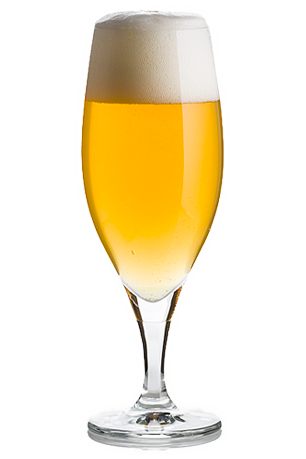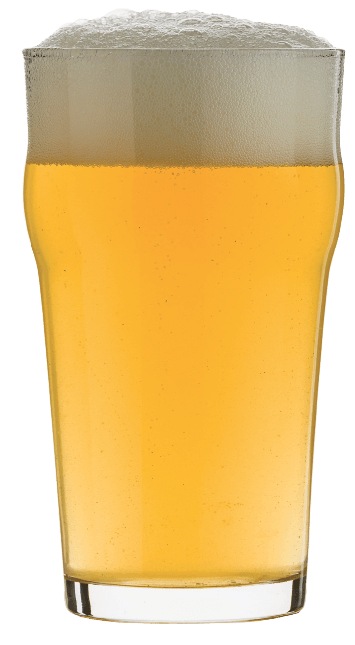Don’t miss our New England Beer & Baseball adventure in 2026! Click here to register!

Recipes
Posts
-
 Recipe
Recipe
Al Capone’s Beer Recipe from Chicago 1924
A recipe from a brewery that supposedly owned by Al Capone.
-
Recipe
Classic American Pilsner
Jamil Zainasheff’s lays down a CAP recipe for brewers to try their hand at. Be sure to use fresh hops and keep a close eye on the fermentati
-
Recipe
Czech Pale Lager
A Czech Pale Lager is the lower alcohol little brother of the Czech Pilsner, and here is a recipe from a native of Czech Republic. The produ
-
 Recipe
Recipe
Czech Pale Lager
If you’re in the mood for lower-alcohol beer with character, Czech pale lager is a nice alternative to making session IPAs or English bitter
-
Recipe
RPB’s Lede Lager
-
Recipe
Holly’s Honey Lager
Recipe supplied by Beer at Home out of Englewood, Colorado. An easy drinking, lawnmower beer with hints of the honey on the nose and flavor
-
Recipe
Classic American Pilsner
Nothing says summer quite like enjoying a crisp CAP on a hot afternoon. Here is a CAP recipe from Fermenter’s Supply and Equipment based out
-
Recipe
Pre-Prohibition Lager
A pre-Pro lager brewed with a yeast strain reputed to come from Philly’s old Christian Schmidt Brewery. This recipe is based on one develope
-
Recipe
Chesapeake Pilsner
Recipe submitted by Annapolis Home Brew: Severna Park, Maryland
-
 Recipe
Recipe
Cinco de Mayo Cerveza
Recipe courtesy of Leener’s Brew Works – Northfield, Ohio www.leeners.com
-
 Recipe
Recipe
More Beer’s California Common
Jason Petros, of More Beer, sent us his recipe for a California Common beer.
-
 Recipe
Recipe
Anchor Brewing Co.’s Anchor Steam clone
This beer takes its name from the days when beer was made in the cool climate of San Francisco on rooftops in the nineteenth century—open
